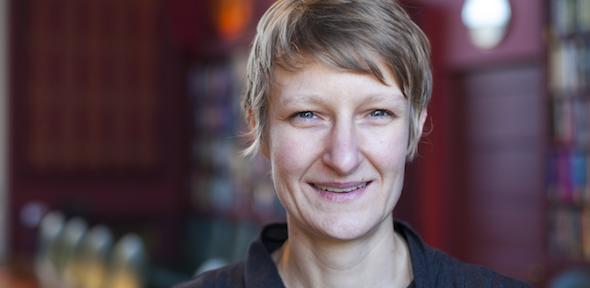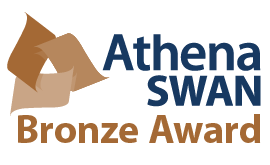
Professor Carola-Bibiane Schönlieb, Director of the Cantab Capital Institute for the Mathematics of Information, has received a Philip Leverhulme Prize for her work on the foundations of image analysis. She has been recognised for her work on mathematical imaging, in particular for combining the traditional model-based approach of image analysis with machine learning.
"Traditionally the mathematical community has been looking at developing mathematical models for solving these image analysis processing tasks," says Schönlieb. These models would be developed from first principles - how measurements link to the information that needs to be retrieved, how the images can be modelled to make use of the structure in images - and would be based on mathematical techniques such as partial differential equations and variational models. "Essentially it's about finding mathematical dictionaries that can represent images and the task you want to solve for these images."
Over the last three to four years, Schönlieb and her team have been complementing this handcrafted model approach with ideas from machine learning. Certain components involved in the image processing tasks can be modelled well, but there are components that are unknown. "You can parametrise the part of the task that you are unsure about, and you can learn these parameters from imaging data, rendering a data-driven model rather than a handcrafted one."
The machine learning approach that Schönlieb is working on uses bilevel optimisation and deep neural networks that allow systems to adapt and learn parameters from image data sets. Schönlieb's idea to combine these two approaches was particularly novel, and her group in Cambridge was one of the first to attempt it, starting in 2012. They began working with only a few parameters, relying mostly on traditional models. But they are now moving to a more data driven approach with millions of parameters and are thinking about how to include some of the assumptions from the traditional models.
A data driven approach
"These are highly parameterised mathematical objects, that assume almost no model in the background – they are purely data driven. You can optimise trillions of parameters over a particular task you want to solve based on examples of labelled data. Including elements from traditional models reduces the parameter space, makes them more trainable and opens the possibility for including physical knowledge into the problem."
Every year 30 outstanding researchers whose work has already attracted international recognition and whose future career is exceptionally promising are awarded Philip Leverhulme Prizes. The prizes are each worth £100,000, which can be used over two or three years to advance the winners' research. Schönlieb is one of the three Cambridge winners of the five Mathematics and Statistics Prizes announced in 2017. She has recently been invited to write a paper for Acta Numerica on machine learning and inverse problems, one of the journals with the highest research impact in mathematics.
As well as the mathematical impact, Schönlieb's work has also has applications within cancer research and biomedical imaging, the reconstruction of paintings and frescoes, fingerprint enhancement and simulation, and feature reconstruction from aerial photography. "Why I'm so excited about the data driven component of my work is because of the collaboration with people in different disciplines," says Schönlieb. "You realise there's so much domain-specific expertise in these different disciplines that is almost impossible to capture with an [explicit] mathematical model. This is a big motivation for doing something data driven."
You can read more about other recent Cambridge winners of this prize here.

